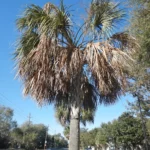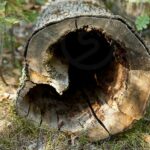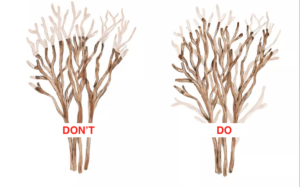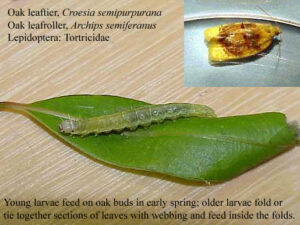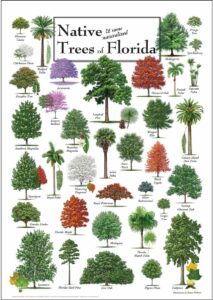Palm Rot: Understanding and Addressing a Common Tree Disease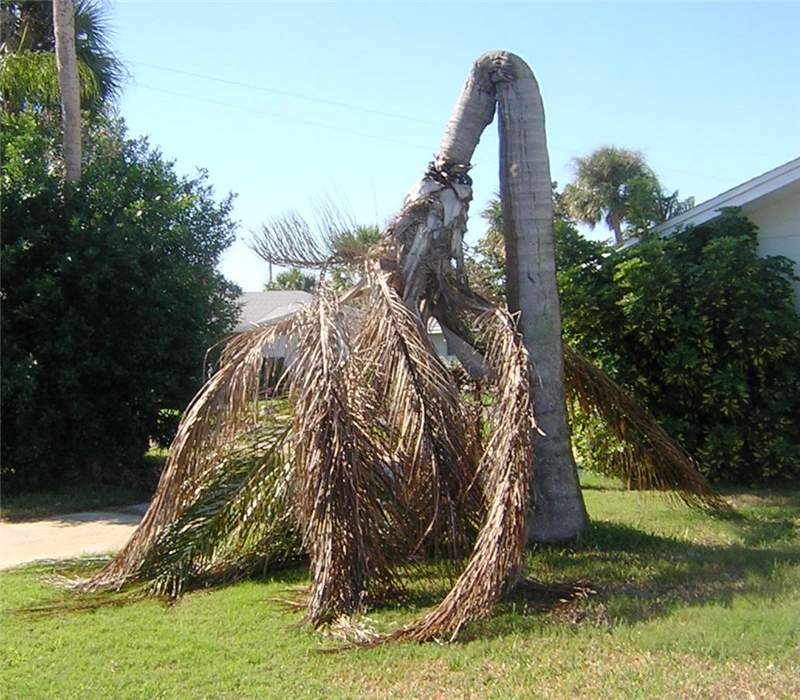
Palm trees are iconic symbols of tropical and subtropical landscapes, but they are not immune to diseases. One common issue that affects palm trees is Palm Rot. In this article, we will explore what Palm Rot is, its causes, symptoms, and some practical steps to manage and prevent the disease. By familiarizing ourselves with Palm Rot, we can better care for our palm trees and preserve the beauty they bring to our surroundings.
What is Palm Rot?
Palm Rot refers to a group of fungal diseases that affect palm trees. These diseases typically attack the tree’s trunk, roots, or base, causing decay and compromising the tree’s overall health and stability. Various types of fungi, such as Ganoderma and Thielaviopsis, can contribute to Palm Rot.
Causes of Palm Rot:
Palm Rot can be caused by a combination of factors, including:
- Poor Drainage: Overly wet soil or poor drainage conditions can create a favorable environment for fungal growth and infection.
- Wounds and Injuries: Palm trees with wounds from pruning, storm damage, or other injuries are more susceptible to fungal infections.
- Soil-Borne Fungi: Certain fungi exist naturally in the soil and can infect palm trees when conditions are favorable, such as when the tree’s defense mechanisms are compromised.
Symptoms of Palm Rot:
Identifying the symptoms of Palm Rot is essential for early intervention. Look for the following signs:
- Discolored or Wilted Fronds: Infected palm trees may exhibit fronds that turn yellow, brown, or wilted, starting from the lower part of the canopy.
- Soft Trunk or Base: The trunk or base of an infected palm tree may become soft and spongy to the touch.
- Fungal Conks or Mushrooms: In some cases, mushroom-like structures or conks may appear on the trunk or base of the tree. These are signs of advanced decay and fungal activity.
- Leaf Loss: Infected palm trees may shed their leaves prematurely or exhibit sparse foliage.
Managing and Preventing Palm Rot:
While there is no cure for Palm Rot, several measures can help manage and prevent the disease:
- Proper Tree Care: Maintain good palm tree care practices, including regular pruning, proper watering, and adequate fertilization, to promote tree health and minimize stress.
- Avoid Overwatering: Ensure proper soil drainage and avoid overwatering, as excessive moisture can contribute to fungal growth and infection.
- Protect Against Injuries: Minimize the risk of wounds or injuries to palm trees by practicing proper pruning techniques and taking precautions during construction or landscaping activities.
- Remove Infected Trees: Infected palm trees should be promptly removed and disposed of properly to prevent the spread of the disease to healthy trees.
- Professional Consultation: If you suspect Palm Rot or need guidance, consult with a certified arborist or tree care professional for accurate diagnosis and appropriate management strategies.
Palm Rot can pose a significant threat to the health and longevity of our cherished palm trees. By understanding the causes, recognizing the symptoms, and implementing effective management and prevention practices, we can mitigate the risks and ensure the well-being of our palm trees. Regular monitoring, timely action, and professional assistance are key to addressing Palm Rot and preserving the beauty and vitality of our palm-filled landscapes.

